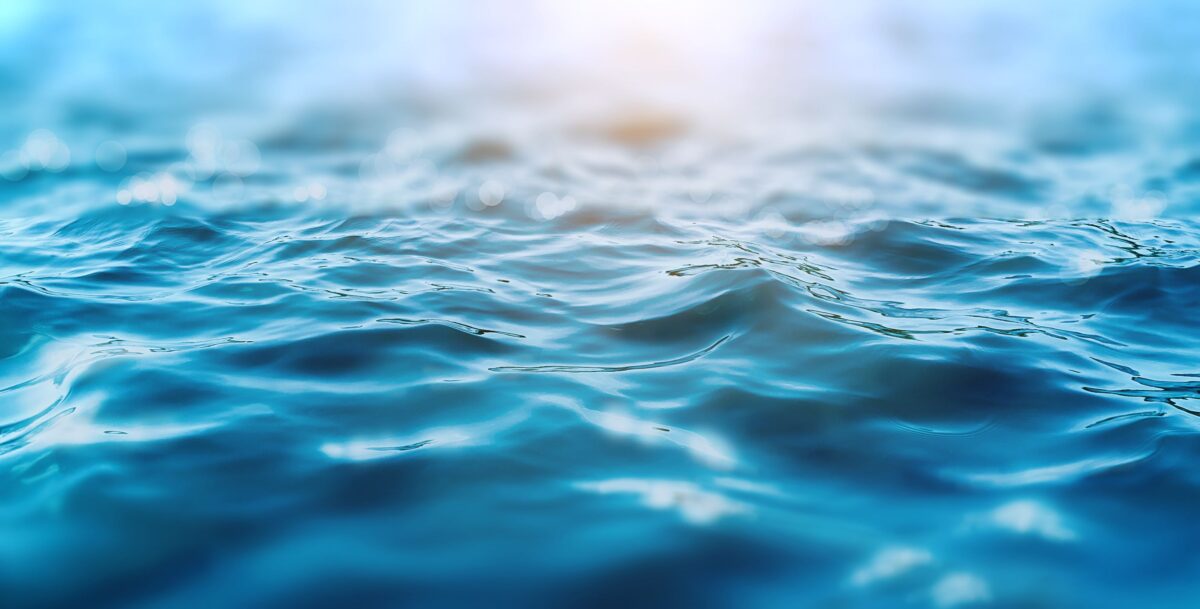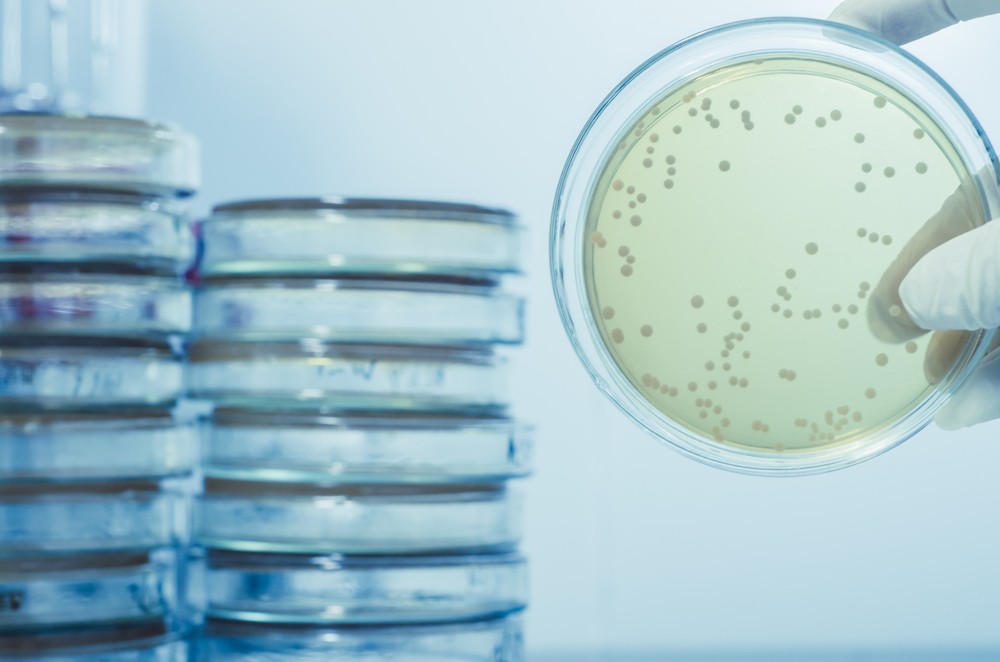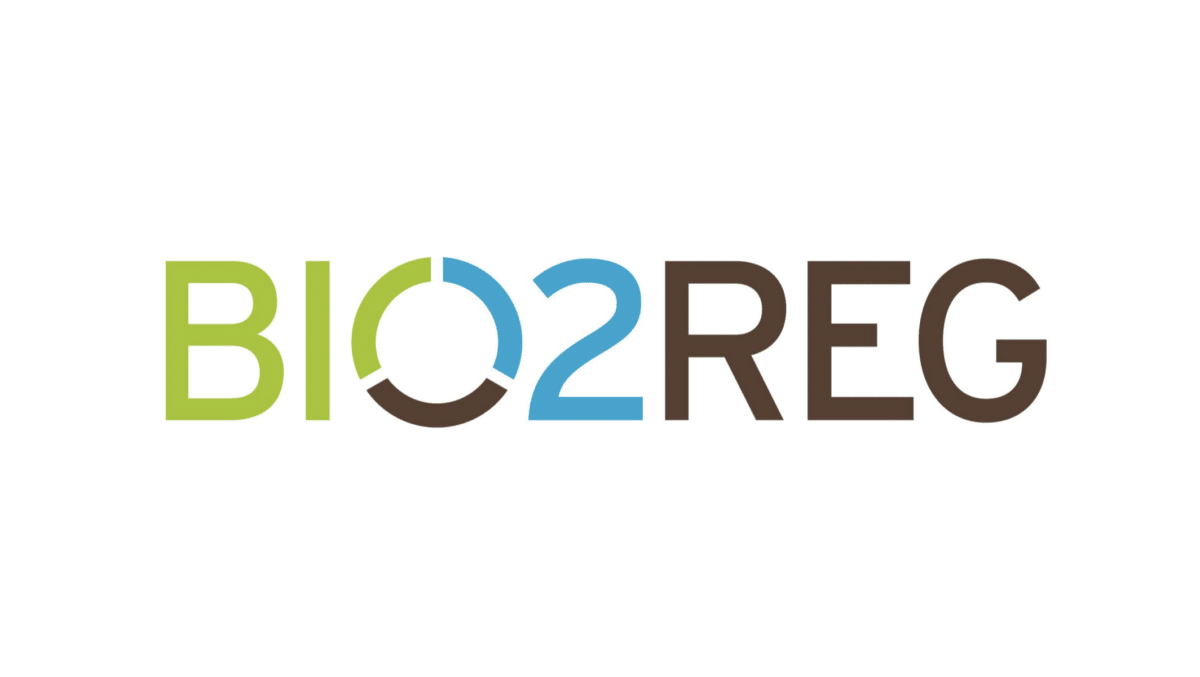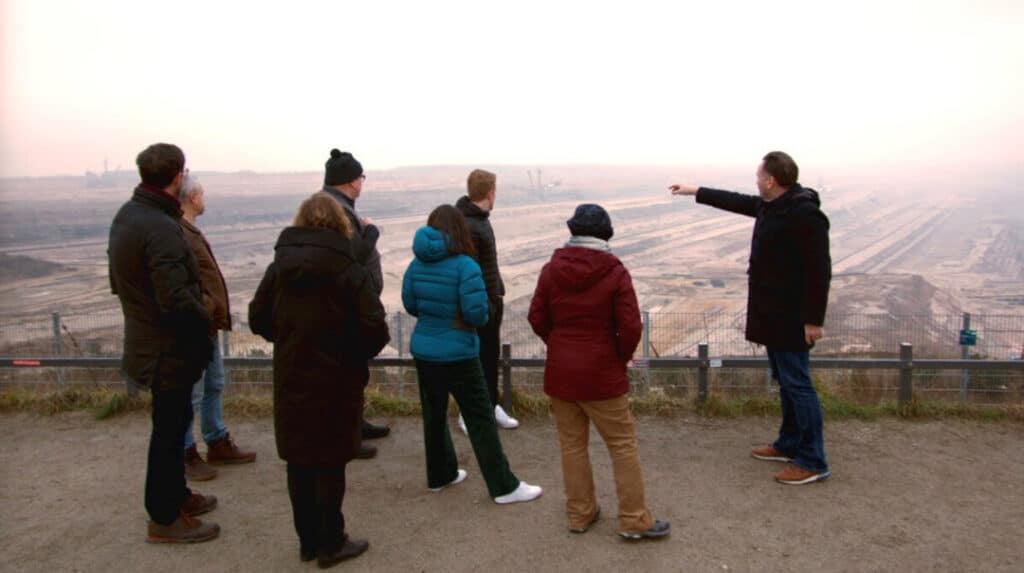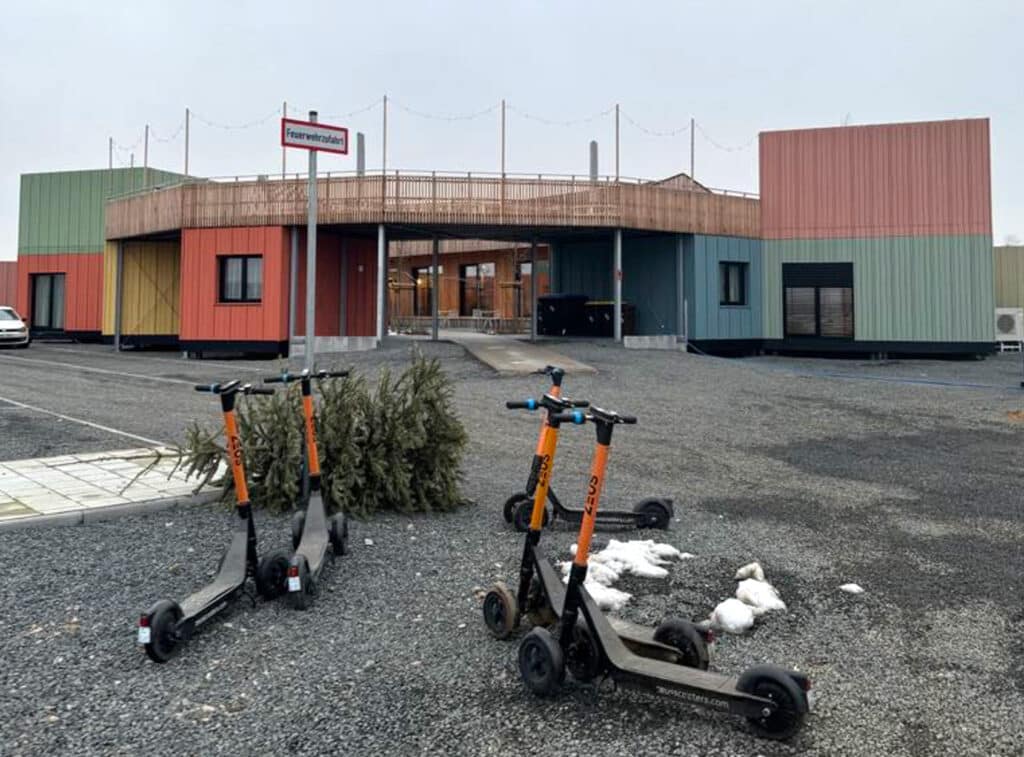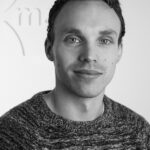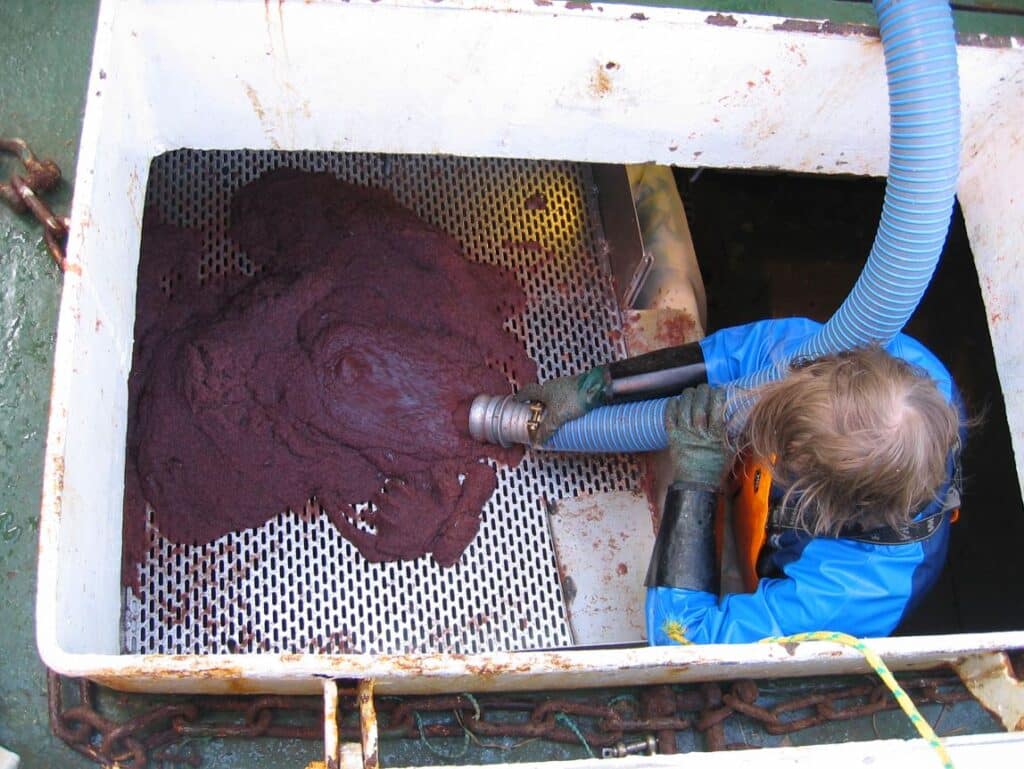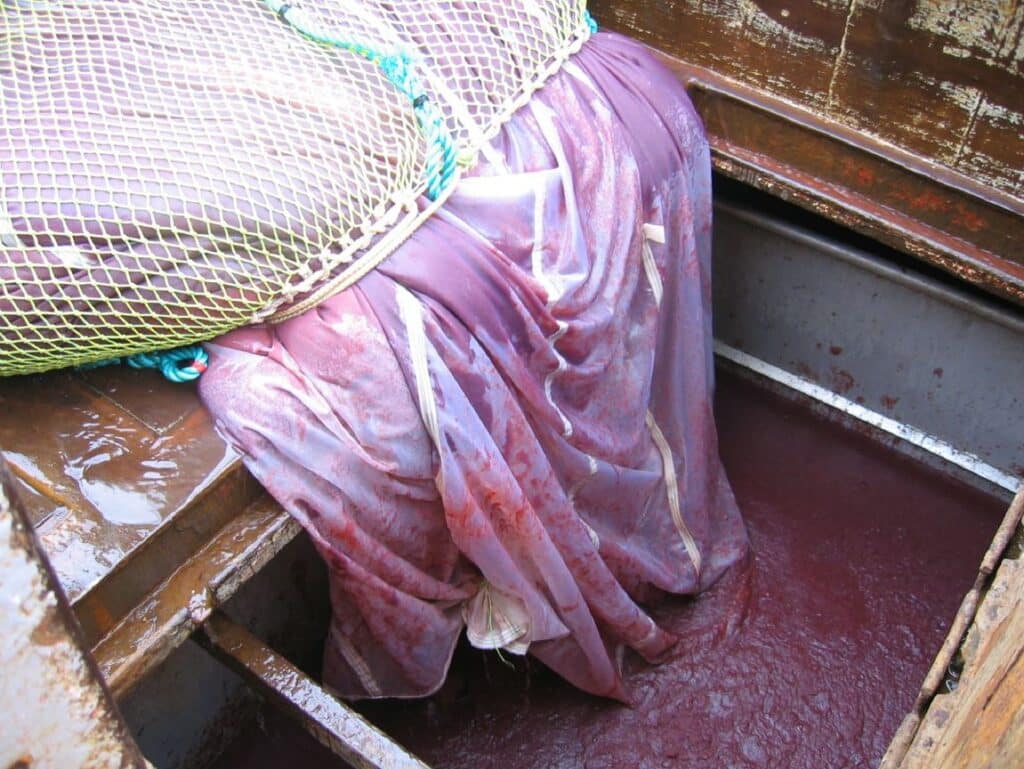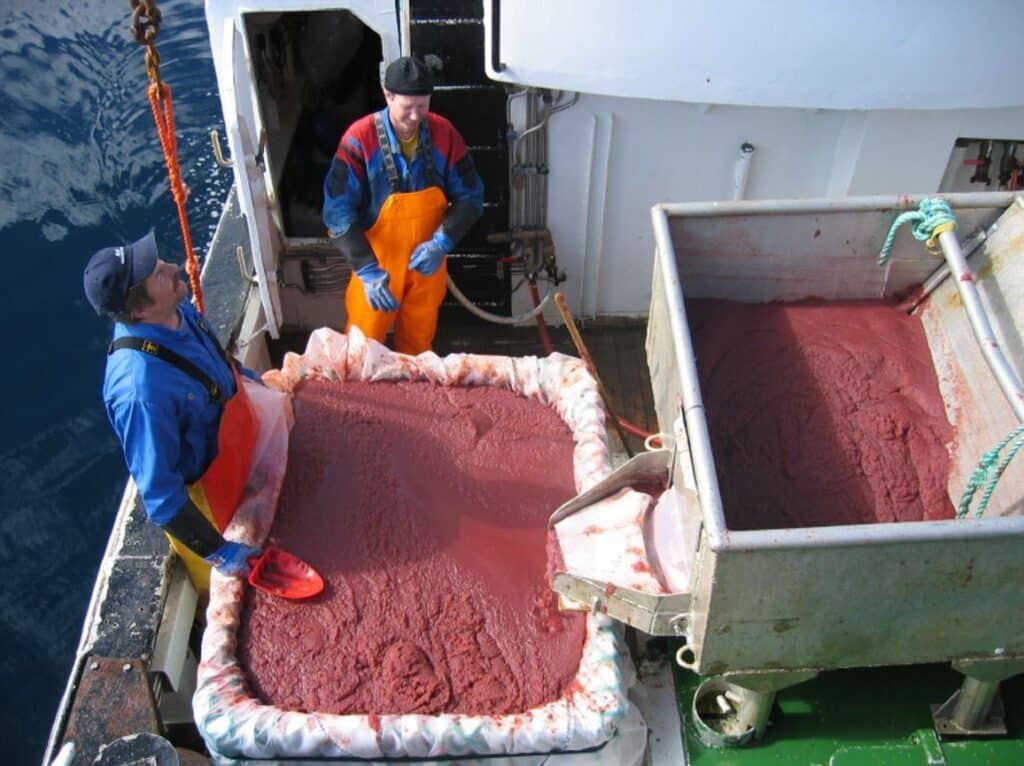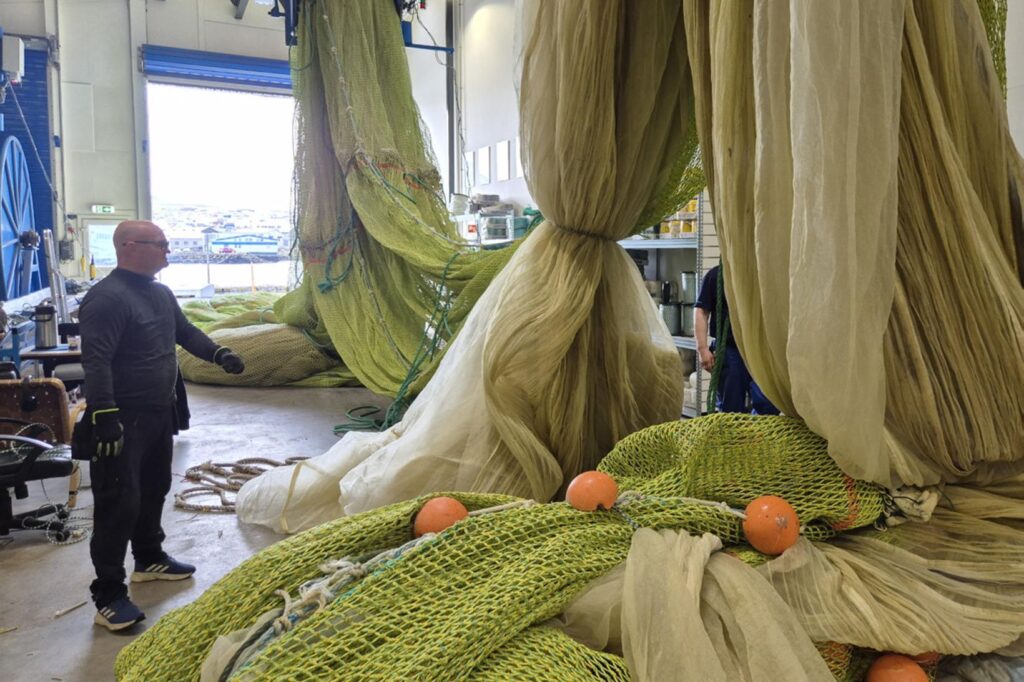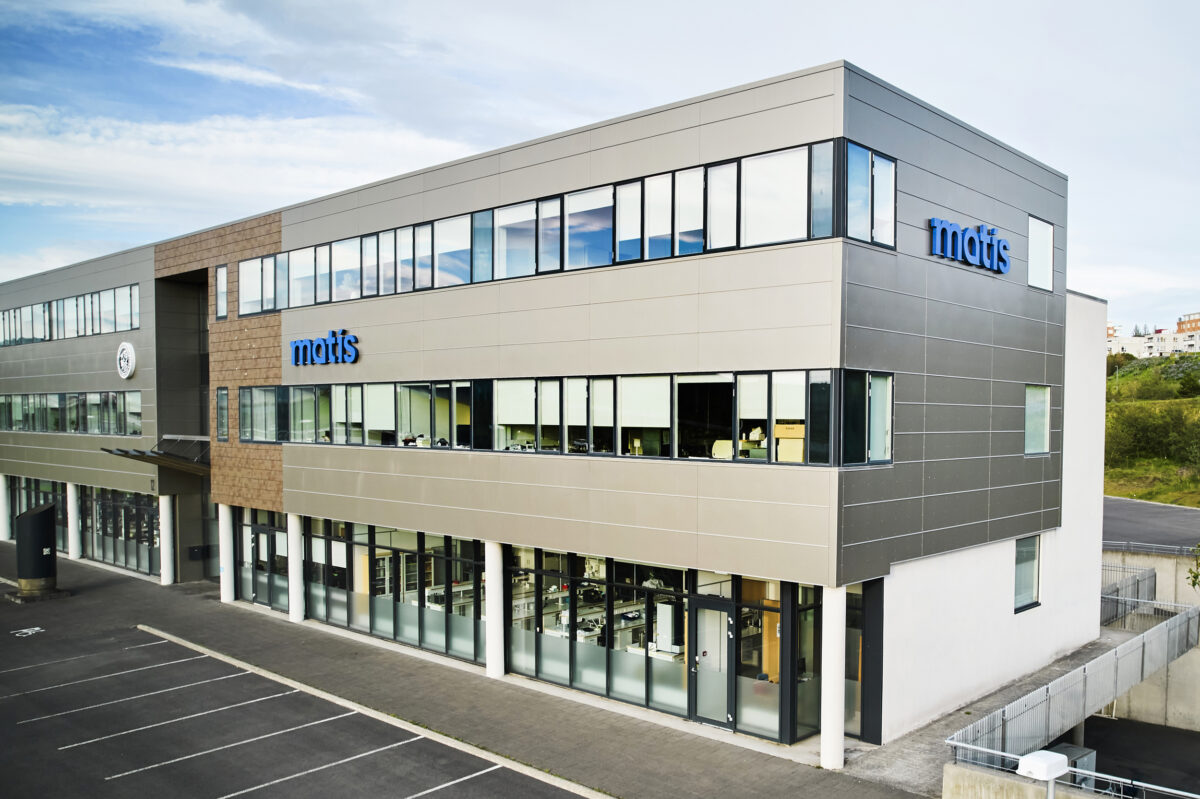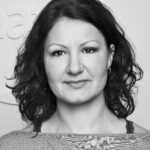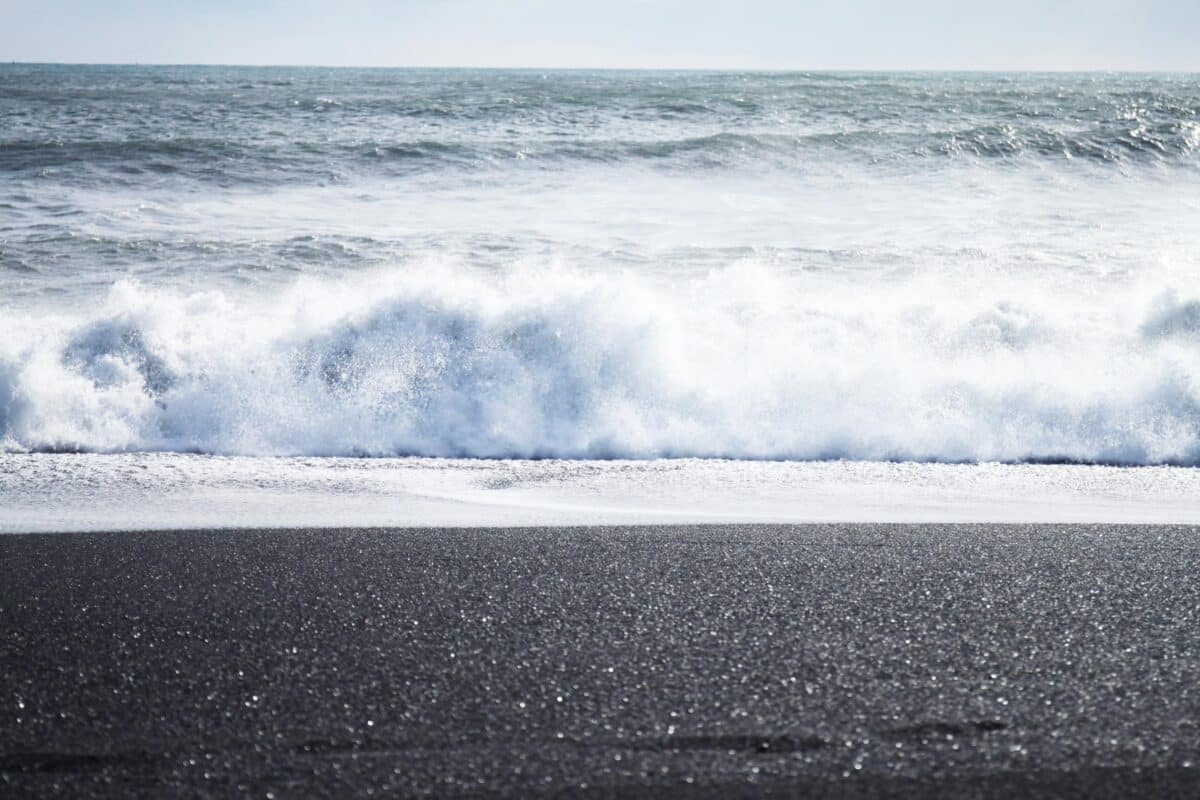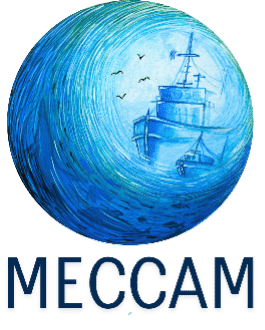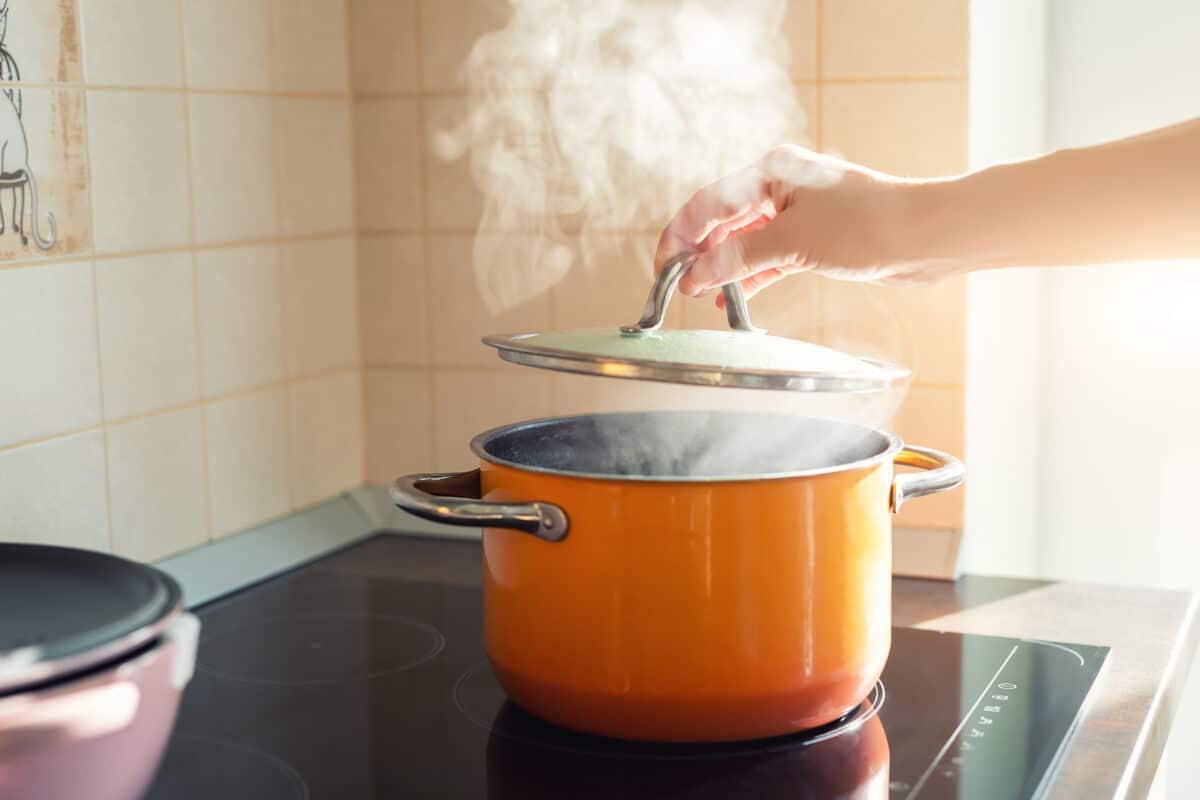Rannsóknir og nýsköpun eru nauðsynlegar til að takast á við breytingar og efla íslenskan matvælaiðnað. Til þess þarf mannauð, samstarf, samnýtingu aðstöðu, tækja og búnaðar og fjármagn. Þetta þarf að spila saman. Þörfin er mikil og samkeppnin er mikil við aðrar greinar atvinnulífs og þjónustu. Samstarf Matís og Háskóla Íslands er gott dæmi um hvernig þetta getur virkað. Þar hefur Matís verið brúin milli háskólamenntunar og atvinnulífs í mjög árangursríku samstarfi. Á síðustu 15 árum hafa um 30 einstaklingar klárað doktorsverkefni og um 150 einstaklingar unnið sín rannsóknaverkefni í mastersnámi í samstarfi við atvinnulífið. Þannig höfum við menntað og þjálfað sérfræðinga og frumkvöðla framtíðarinnar í nýtingu, vinnslu og verðmætasköpun úr lífauðlindum á Íslandi. Þetta er líka ein af forsendunum fyrir góðum árangri Matís í samkeppnissjóðum Evrópusambandsins við að fjármagna samstarfsverkefni til að takast á við áskoranir og tækifæri matvælaframleiðenda á Íslandi.
Samstarf Matís við háskóla felst í sameiginlegu starfsfólki og samnýtingu aðstöðu og búnaðar til að efla fræðilega og verklega menntun háskólanema á þeim fræðasviðum sem það nær til. Rannsóknirnar í þessum verkefnum snúast meðal annars um matvælaframleiðslu, öryggi matvæla, líftækni og orkunýtingu. Þær hjálpa til við að auka samkeppnishæfni Íslands á alþjóðavettvangi og skapa tækifæri til nýsköpunar sem nýtist samfélaginu í heild.
Markmiðið er einnig að vera leiðandi og alþjóðlega samkeppnisfær á sérfræðisviðum sem tengjast rannsóknun og nýsköpun í nýtingu lífrænna auðlinda á sjó og landi. Þannig hafa sameiginleg rannsóknaverkefni eflt bæði framhaldsnám og íslenskt samfélag. Matís er því mikilvæg brú milli vísinda og atvinnulífs með því að tengja verkefni háskólanemenda við þarfir atvinnuvega og samfélags.
Á síðustu árum hafa nemendur við Háskólann á Akureyri, Háskóla Íslands og starfsnemar frá nokkrum háskólum Í Evrópu unnu að sínum verkefnum undir leiðsögn sérfræðinga frá Matís. Öll voru þau unnin í samvinnu við fyrirtæki í iðnaðinum t.d um framtíðarflutningsleið fyrir ferskan lax til Norður-Ameríku; framhaldsvinnslu á laxi og um strandveiðar á Íslandi. Sex meistaranemar í matvælafræði, iðnaðarlíftækni og örverufræði við Háskóla Íslands unnu og luku við sín verkefni á árinu. Þau snerust um allt frá rannsóknum á hitakærum örverum; örveruflóru við verkun á hákarli, örverur á fiskikerjum til samanburðar á fiskveiðum í Noregi og á Íslandi.
Þrettán doktorsnemar við Háskóla Íslands stunduðu sínar rannsóknir í samvinnu við Matís. Tveir nemendur vörðu verkefni sín á síðastliðnu ári, þær Rebecca Sim og Anna Þóra Hrólfsdóttir. Starfsnemar frá erlendum háskólum voru 27. Þetta eru starfsnemar á meistarastigi sem koma sex mánuði í senn og doktorsnemar sem koma aðallega frá Evrópulöndum. Á árinu 2023 voru þeir frá níu löndum, Danmörku, Frakklandi, Grikklandi, Hollandi, Indlandi, Skotlandi, Spáni, Tékklandi og Þýskalandi og frá nítján háskólum.
Samstarf Matís og háskólanna á Íslandi sýnir hvernig markviss þekkingaruppbygging getur haft jákvæð áhrif á atvinnulíf og efnahag. Með því að bæta við þekkingu, tengjast erlendum stofnunum og styðja við doktorsverkefni hefur þetta samstarf lagt grunn að nýjum lausnum og tækifærum. Til að halda þessum árangri áfram þarf að fjárfesta enn frekar í rannsóknum og nýsköpun. Með skýrri framtíðarsýn og stuðningi við mannauðinn getum við tryggt að Ísland haldi áfram að vera í fararbroddi á sviði nýsköpunar og þekkingarsköpunar, sem mun nýtast komandi kynslóðum vel.
Oddur Már Gunnarsson, forstjóri Matís, og Salvör Jónsdóttir, stjórnarformaður Matís.

